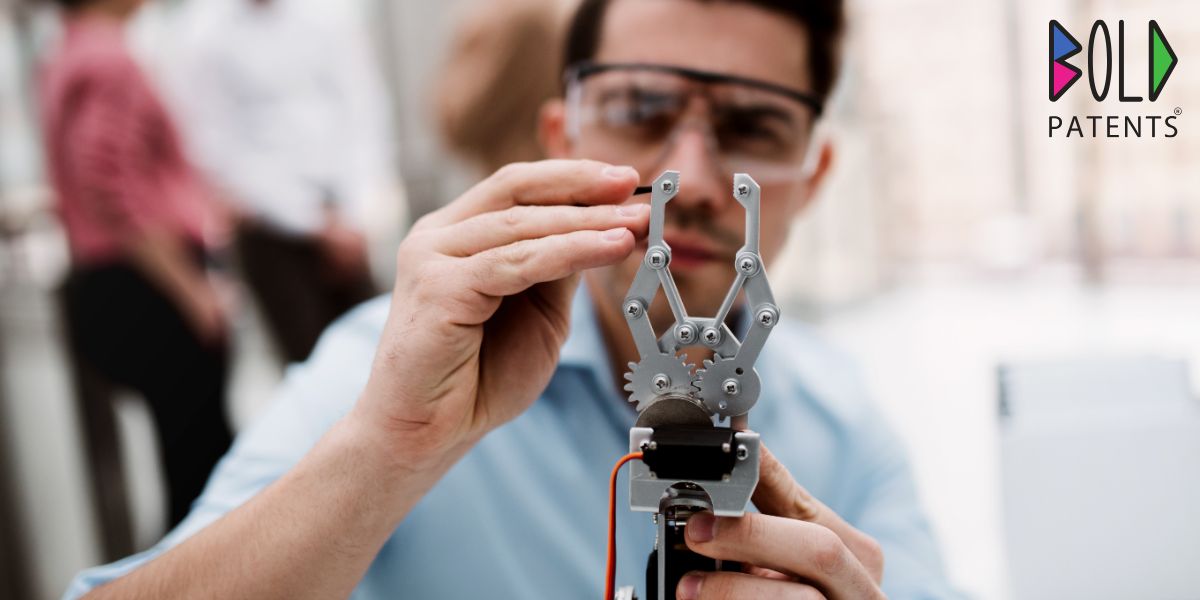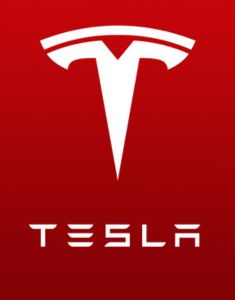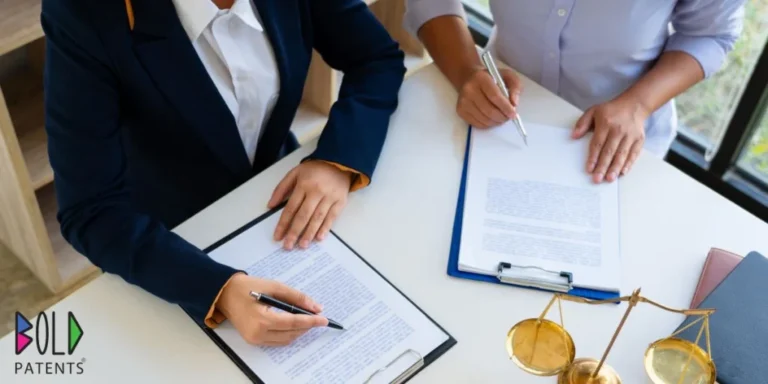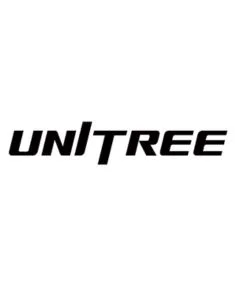Robotics Patent Lawyer
Advancement and innovation are crucial to any industry and particularly foundational to robotics. Because of the unique technology often used and created for robotics, it can complicate the patenting process. If you are an independent investor, small business entrepreneur, or other visionary looking to protect your robotics invention, a robotics patent attorney is an essential ally to ensure your rights are protected.
A patent can help you protect your innovative robotics creation, enabling you to have a competitive edge and prevent infringement by competitors. Creating a groundbreaking invention in technology is no small feat, and it is crucial to take the proper steps to protect your right to it, whether it improves manufacturing, helps individuals improve efficiency, or otherwise performs an automated process. A patent can help you continue to innovate and profit.

Exceptional Intellectual Property and Patent Attorneys at Bold Patents
At Bold Patents, we understand the protection and commercial edge provided by intellectual property protection, including patents. For many years, our team has worked with entrepreneurs, businesspeople, and inventors. When you have created a new machine, process, or other advancement in robotics, we can help you review your options to protect it.
The robotics industry is fiercely competitive. It is important to have a strategy ready to protect innovations. Patents are not the only way to protect your invention, and Bold Patents can help you determine what is most beneficial for your interests. We review what you created and work to quickly protect it and your rights to it. We help you apply, advocate for, and maintain your patent. If your rights are being infringed on, we can help you navigate this process.
How Do Patents Protect Robotics?
Patents are granted by the U.S. Patent and Trademark Office (USPTO). A patent on an invention allows you as the inventor to have the right to prevent other individuals or entities from making, using, importing to the U.S., selling, or offering your robotics innovation for sale.
A patent does not give you sole rights to sell or make the invention yourself. You can use, make, and sell your robotic machine, process, or other article, and if another entity does the same, you can take legal action against them. When another party infringes on your patent rights, you must take action to protect the rights you hold.
These rights can be incredibly beneficial for robotics companies and individuals in the industry. It allows important safeguards and can aid in growth and development.
What Are Challenges in Patenting in the Robotics Industry
The robotics industry is ever-changing, making it difficult to determine when an invention is considered innovative and when it is considered an obvious deviation from an existing invention. This definition is crucial in whether a patent can be granted, but it changes frequently. Being on top of the industry standards is vital.
There are also an immense number of existing robotics patents. The process of securing any patent includes a patent search to determine if there are already existing inventions that either have components of your invention or are the same. This process can take longer in the robotics field.
Robotics combines many areas of technology, including software, mechanical hardware, and electronics. The combination of these areas can make it more difficult to define what is being patented and determine how to effectively protect what you created. If your application for a patent is not completed properly, you may end up with a patent that only protects a portion of your invention.
The support of an experienced robotics patent attorney is crucial for addressing these concerns and giving you the greatest chance at successfully patenting your invention.

Four Patents
- Hand Structure
Patent: WO2024/073138A1 - Actuators Structure
Patent: WO2024/072984A1 - Knee Joint Assembly
Patent: WO2024/073135A1 - Energy Storage Device
Patent: WO2024/072966A1

Patent: US10525601
FAQs
Can Patent Attorneys Be Replaced By AI?
While AI will continue to evolve, its primary use is to supplement and benefit the work of professionals like patent attorneys, and there are skills held by attorneys that AI cannot replace. An attorney does more than provide legal information, they apply the law to a client’s unique circumstances and needs.
Patent attorneys use their knowledge to determine possible risks and how to effectively protect their client’s rights while applying for a patent and once a patent is secured. An AI also cannot reflect the interpersonal abilities of an attorney.
Can a Robot Be Patented?
A robot or robotics invention may be able to be patented if it meets the basic criteria of a patentable invention. Robotics are generally a utility permit, which can be secured for a process, article, machine, or composition of matter. In addition to meeting that definition, the invention must be novel, non-derivative, and non-theoretical. When applying for a patent, there must be a complete outline and description of the robot, how to make it, and how it is used.
What Inventions Cannot Be Patented?
An invention cannot be patented if it is an obvious creation or an obvious derivative of another invention, if it is not innovative, or if it only exists theoretically. Other things cannot be patented, such as:
- A law of nature
- Existing phenomena
- A suggestion or concept
- Anything abstract
- Inventions that only involve nuclear material
- Inventions for atomic energy in atomic weapons
If you are unsure whether your invention meets the criteria for a patent, a patent attorney can help you review your options for protecting it.
What Is the Cost of a Robotics Patent Attorney?
The cost of a robotics patent attorney can vary based on the location, experience, and success rate of the attorney, as well as your patent’s complexity and what legal service you are looking for. Robotics patents are often more complex, requiring more work to properly document and ensure the right information is enclosed in a patent application. Patent attorneys tend to charge an hourly or flat fee, depending on the depth of the legal services needed.
Find Qualified Patent Attorneys Who Understand the Complex Robotics Field
Patents and other forms of intellectual property protection are crucial to helping you maintain a competitive edge, and Bold Patents wants to help you secure this protection. We provide individualized insight into the impact of intellectual property law on your robotics invention.
With years of legal experience and commitment to innovators and visionaries throughout the country, we have the abilities needed to help you with each step of the patent process. Contact our team today.


